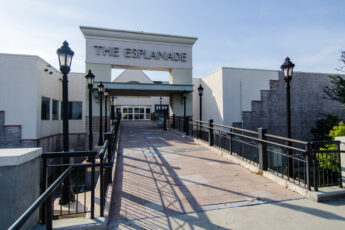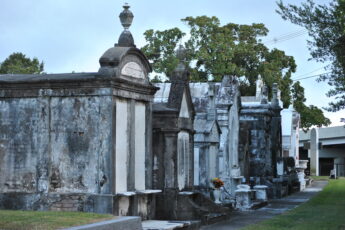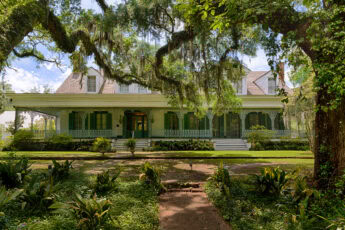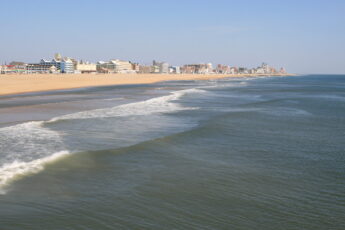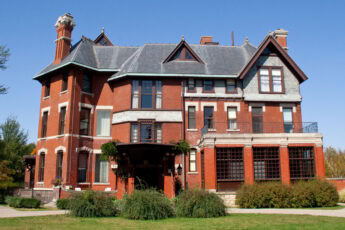Exploring the Cultural Riches: Best Things to Do in New Iberia, Louisiana
Located in the heart of Louisiana's Cajun and Creole country, New Iberia is a charming city that offers a unique blend of culture, history, and outdoor activities.
Known for its picturesque downtown, moss-covered oak trees, and historic architecture, New Iberia is a popular destination for visitors seeking to experience the charm and hospitality of the American South.
One of the main draws of New Iberia is its rich cultural heritage. The city is home to several museums and historical sites that glimpse its history and traditions.
From the Bayou Teche Museum, which explores the area's maritime history and culture, to the Shadows-on-the-Teche plantation, which offers a look at antebellum life in the South, visitors to New Iberia can gain a deeper appreciation for the city's unique character and heritage.
In addition to its cultural attractions, New Iberia also offers a wealth of outdoor activities. The Bayou Teche, a scenic waterway that winds through the city's heart, is a popular spot for kayaking, fishing, and wildlife viewing.
Nearby parks and nature reserves, such as the Lake Fausse Pointe State Park and the Jean Lafitte National Historical Park and Preserve, offer opportunities for hiking, camping, and exploring Louisiana's beautiful natural scenery.
With so much to see and do, New Iberia is a must-visit destination for anyone seeking to experience the best of Louisiana's Cajun and Creole culture.
Shadows-on-the-Teche
Shadows-on-the-Teche is a historic home and garden situated on Bayou Teche's banks in New Iberia, Louisiana. The property is owned by the National Trust for Historic Preservation and is a fine example of the antebellum architecture typical of Louisiana.
Visitors can take guided tours of the home, furnished with period pieces dating back to the 19th century. The gardens at Shadows-on-the-Teche are also a highlight, with their mature live oak trees and colorful flowerbeds.
The home now Shadows-on-the-Teche was initially built in 1834 for David Weeks and his wife, Mary Conrad Weeks. It was designed in the Greek Revival style and featured a four-columned portico and a simple, elegant facade.

In 1855, the property was sold to William Weeks Hall, a plantation owner who expanded the home and added the gardens that still exist today. After Hall's death, the property was passed down through his family until it was purchased by the National Trust in 1958.
Today, Shadows-on-the-Teche is open to the public and offers visitors a glimpse into Louisiana's rich history and culture. In addition to guided tours of the home and gardens, the property also hosts several special events throughout the year, including an annual arts and crafts festival, a garden festival, and a holiday candlelight tour.
The museum's collection includes a variety of artifacts and archival materials related to the history of the home and the people who lived there, as well as the region's broader history.
TABASCO Brand Factory Tour & Museum
The TABASCO Brand Factory Tour & Museum is a must-visit destination for lovers of the famous spicy sauce. Located on Avery Island in Louisiana, the museum offers an engaging and informative experience that takes visitors through the history of the McIlhenny family and the iconic sauce that has become a staple in kitchens worldwide.
In addition, visitors can tour the factory, see how the sauce is made, and learn about the various products and merchandise available.
The TABASCO museum features an extensive collection of memorabilia and artifacts, such as old advertisements, labels, bottles, and cans, illustrating the sauce's evolution. In addition, visitors can see the family's extensive collection of antique cars and other items related to the company's history and the greenhouse that showcases the unique peppers grown for the sauce.
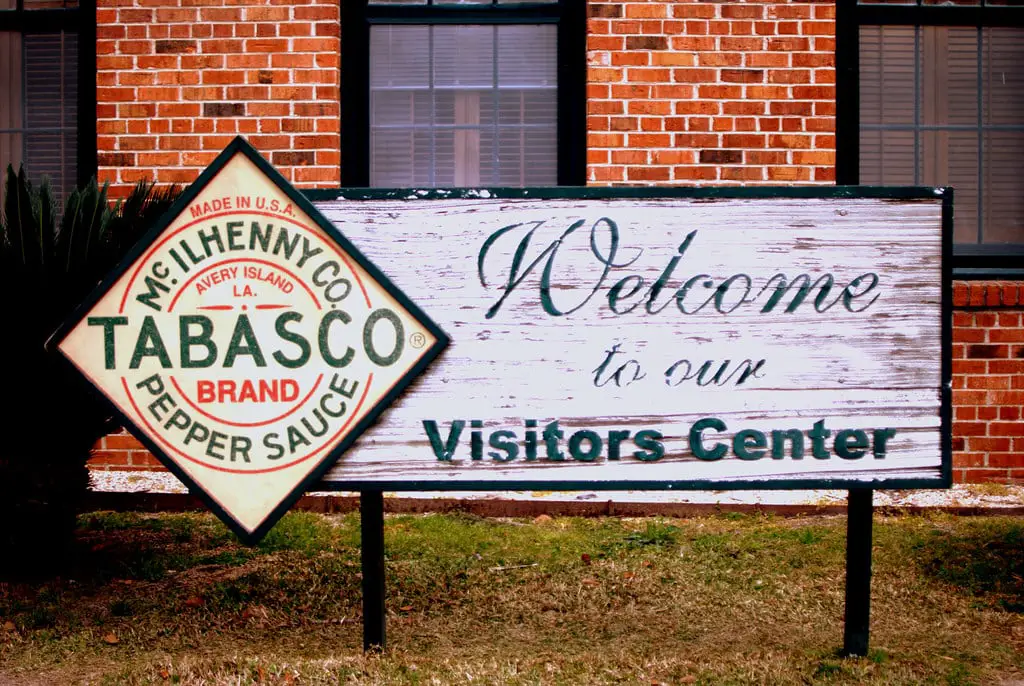
The museum also offers tastings, allowing visitors to sample the many flavors of TABASCO, including some exclusive and limited-edition varieties.
The TABASCO Brand Factory Tour & Museum is an excellent destination for food lovers and those curious about the iconic sauce's history and production. The tour is informative and engaging, and the museum offers a glimpse into the McIlhenny family's world and the TABASCO brand's development over the years. It's a unique and memorable experience that visitors of all ages will surely enjoy.
Jungle Gardens
Jungle Gardens is a beautiful 170-acre garden located in Avery Island, Louisiana. The garden is part of the larger Avery Island sanctuary, which is a bird and wildlife sanctuary.
The gardens feature a wide variety of exotic flowers, plants, and trees that are native to Louisiana as well as those imported from other parts of the world. Visitors can take a self-guided tour of the gardens and explore the various attractions on the property.
One of the main attractions in the Jungle Gardens is the Bird City which is home to thousands of egrets, ibis, and other water birds. The McIlhenny family created the sanctuary in the late 1800s to protect the local bird populations and the marshlands.
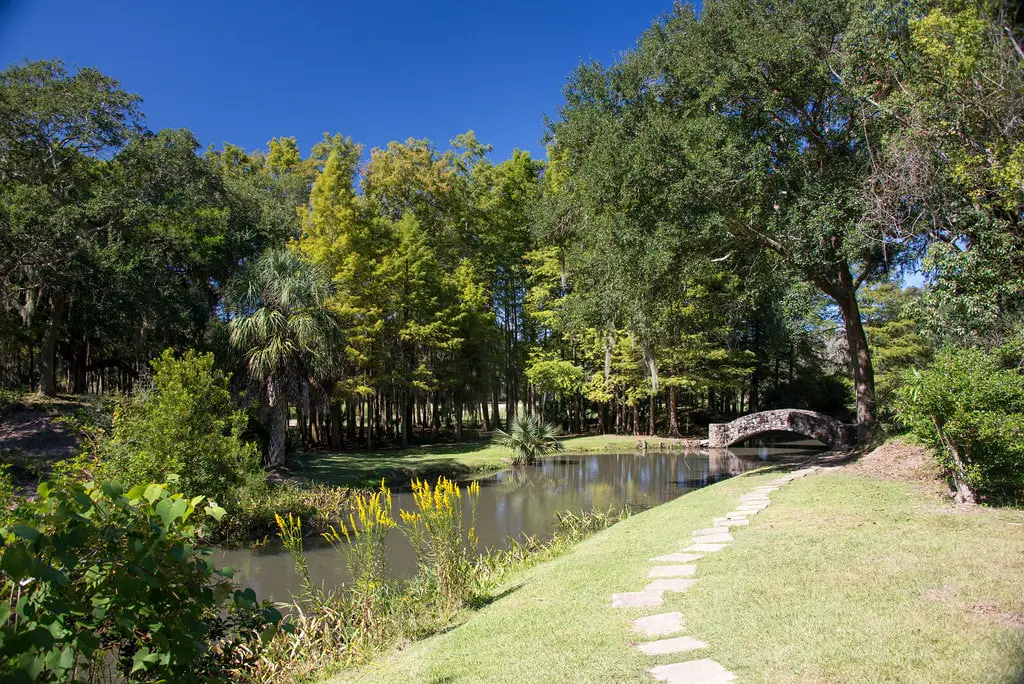
The family's efforts were successful, and today the sanctuary is home to over 250 species of birds. Visitors can enjoy watching the birds in their natural habitat while walking through the Bird City.
Another notable attraction in the Jungle Gardens is the Buddha statue over 900 years old. The statue was brought from China by E. A. McIlhenny and is the oldest Buddha in the Western Hemisphere.
The statue is surrounded by lush vegetation and is a popular spot for tourists to take photos. Visitors can also enjoy walking on the boardwalks and paths that lead through the gardens and enjoy the area's scenic views.
Longfellow-Evangeline State Historic Site
The Longfellow-Evangeline State Historic Site is a 19th-century Creole plantation in St. Martinville, Louisiana. The site is dedicated to preserving and interpreting the history of Louisiana's Acadian and Creole cultures.
Visitors can explore the plantation's restored buildings, which include a detached kitchen, a slave cabin, and a blacksmith shop. In addition, the site has a museum that displays artifacts and tells the story of the Acadian people who settled in the area.
The site is named for two famous literary characters: Henry Wadsworth Longfellow's Evangeline and Gabriel. Longfellow's poem tells the story of the Acadian people who were exiled from their homeland in Nova Scotia and scattered throughout North America, including Louisiana.
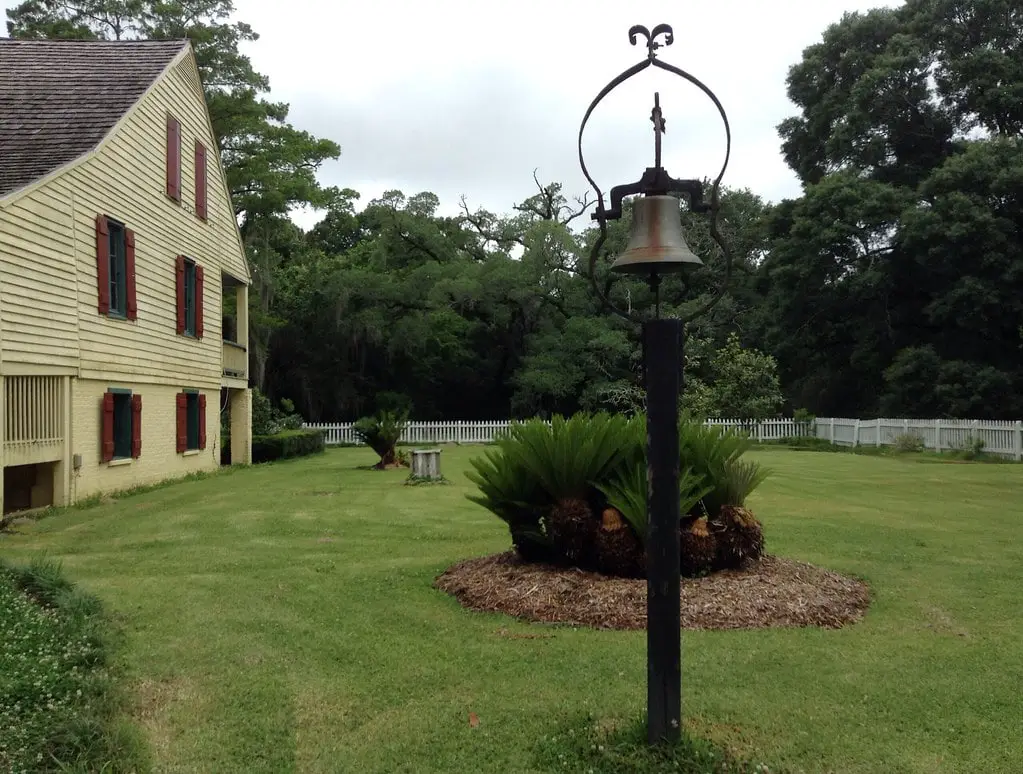
The site features a statue of Evangeline, a memorial to the Acadian people, and a reconstructed Acadian house.
In addition to exploring the plantation and museum, visitors can enjoy the beautiful natural surroundings of the site. The property is located along the Bayou Teche, with walking trails that wind through the woods and along the bayou.
The site also hosts annual special events, including a Christmas bonfire, a Cajun music festival, and a French heritage festival.
Bayou Teche Museum
The Bayou Teche Museum is located in the heart of downtown New Iberia and is dedicated to preserving the rich cultural history of the Teche region. The museum is housed in a beautiful 19th-century building that was originally the city's post office and has since been listed on the National Register of Historic Places.
Visitors can explore exhibits showcasing the area's unique history, from the early Native American tribes who first settled in the region to the Acadian refugees who found a new home in Louisiana's bayous.
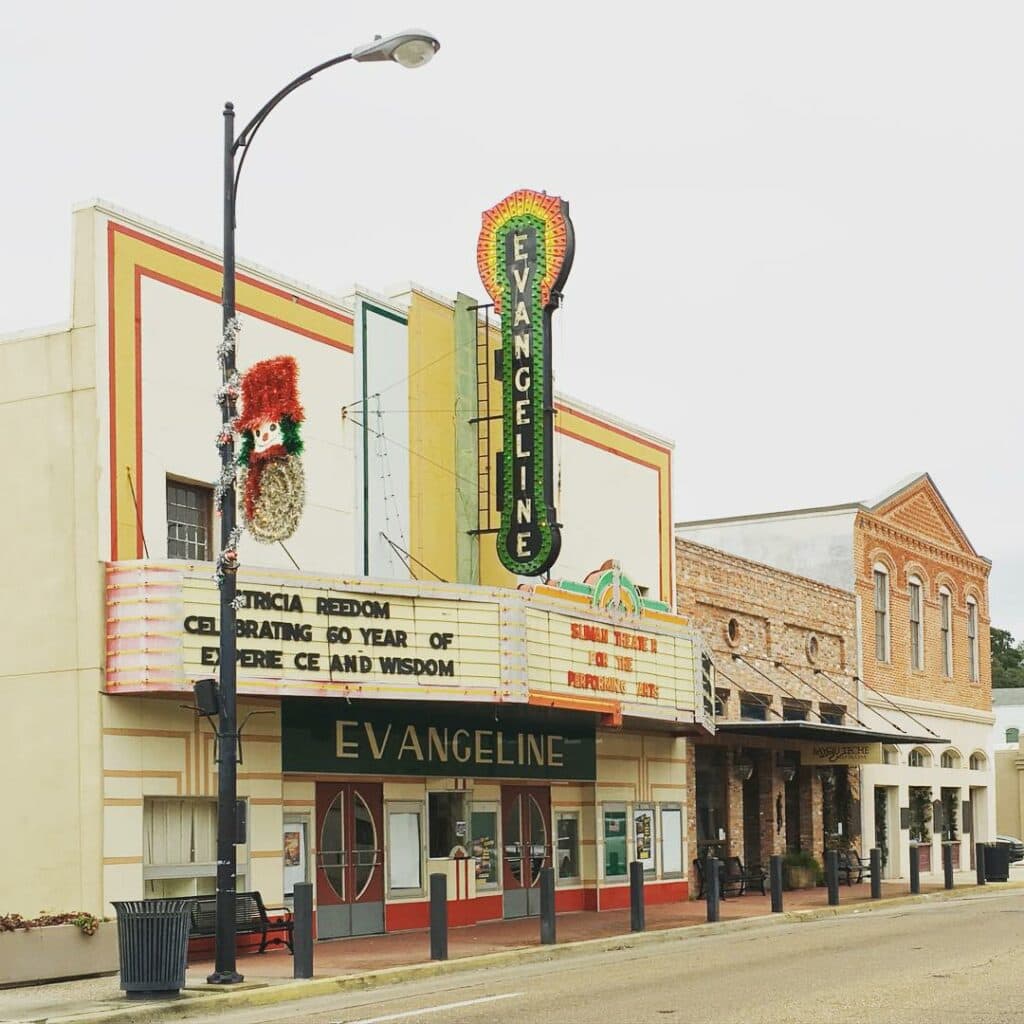
One of the most popular exhibits at the Bayou Teche Museum is the interactive recreation of a traditional Cajun houseboat. Visitors can step aboard the boat and explore the living quarters, learning about the daily life of the Cajun fishermen who once called the bayou home.
Another exhibit highlights the history of the sugar cane industry in the region and the development of the sugar mills that drove the local economy. Visitors can also see artifacts related to the Teche region's Civil War history, including Confederate and Union uniforms and weapons.
The museum hosts a variety of educational programs and events throughout the year, including guided tours, workshops, and cultural festivals that celebrate the diverse heritage of the Teche region.
Visitors can also stroll along the Bayou Teche promenade just outside the museum, taking in the beautiful views of the bayou and the historic downtown area.


